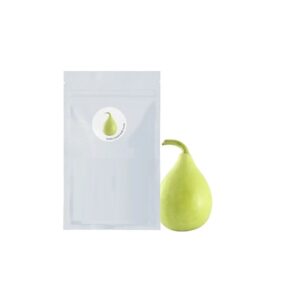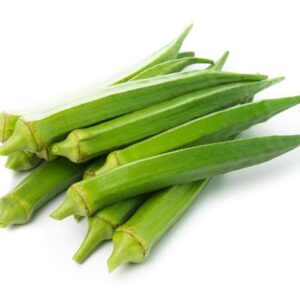Red quinoa is rich in protein, fiber, and many important vitamins and minerals. Plus, it’s higher in antioxidants than other varieties of quinoa, which may benefit heart health. They are also a gluten-free pseudo-cereal. Hence these improve the overall nutrient quality of a diet. Adding fiber-rich foods like quinoa into the diet help support the digestive health by promoting regular bowel movements and fueling beneficial bacteria in the gut. Plus, eating a high fiber diet can support a body weight that’s healthy. Quinoa helps promote feelings of fullness.
Red Quinoa are sprouting seeds almost exactly the same as White Quinoa, with just a few minor differences. Many find that the red variety of quinoa provides strong and bitter taste vs. white, when eaten raw. Also when cooked, red may seem to be slightly crunchier and even harder to chew than white. Whether Red or White is your favorite, they both have almost the exact same nutritional value, and both offer all nine essential amino acids. Both kinds of quinoa are high in fiber content, making an excellent source for needed dietary intake.
Eassy gardening recommends:
Optimal soil temperature for germination: 18-24°C (65-75°F).
Seeds should germinate in 4-10 days.
Sow 5mm (¼”) deep, 10 seeds per 30cm (12″), and thin to 25-35cm (10-14″) between plants. If growing for baby leaf production, plants can be spaced more closely.
Plant in spring, just after the last frost, by sowing seeds barely covered with soil in uniform rows. Keep soil moist until the seedlings sprout. Weed by hand until the plants are 4 inches (10 cm) tall, gradually thinning plants to 18 inches (46 cm) apart. As the plants grow, they will shade out most summer weeds.
Overall Quinoa is easy to grow, drought tolerant and bothered by few plant diseases and pests. Quinoa is also beautiful with showy, colorful seedheads and ornamental foliage. It offers several edible parts: tender young leaves as well as protein-rich seeds.











Reviews
There are no reviews yet.